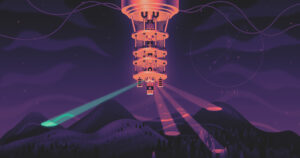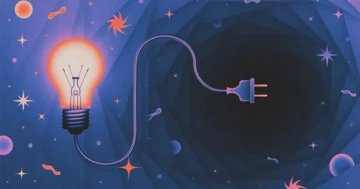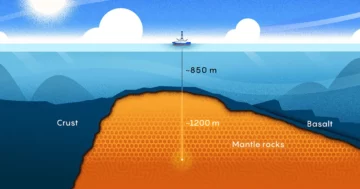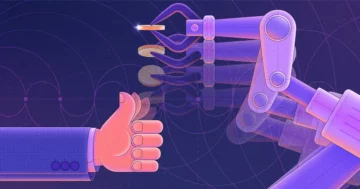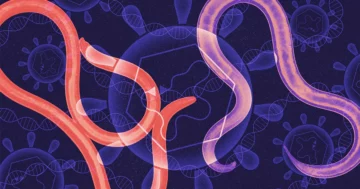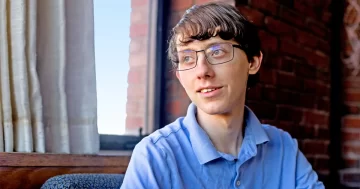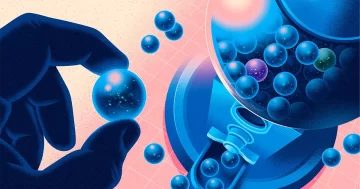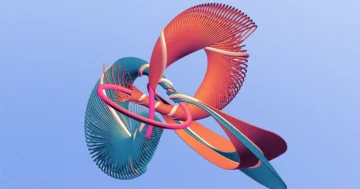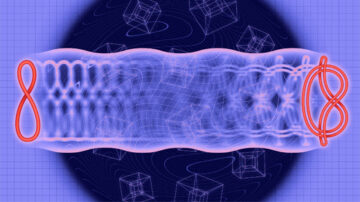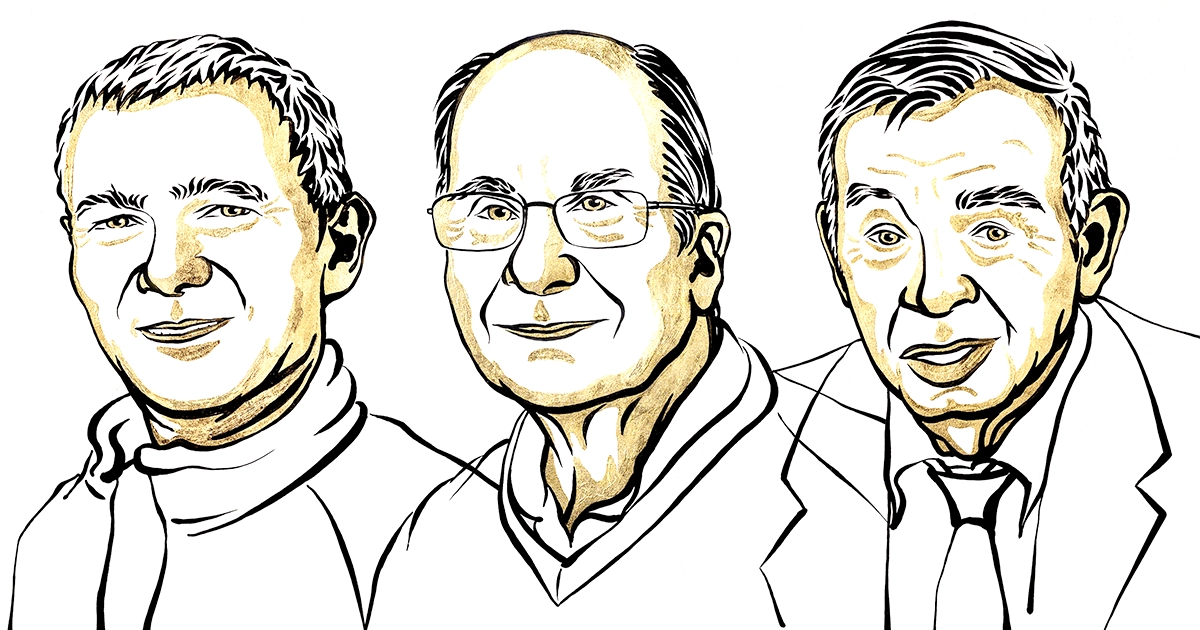
Introduction
Imagine a nanocrystal so minuscule it behaves like an atom. Moungi G. Bawendi, Louis E. Brus and Alexei I. Ekimov — the discoverers of these “quantum dots” and the developer of a precise method for synthesizing them — have been awarded the 2023 Nobel Prize in Chemistry. Quantum dots are already playing important roles in electronics and in biomedicine, such as in drug delivery, imaging and medical diagnoses, and have more promising applications in the future, the Nobel Committee said.
Quantum dots, sometimes called artificial atoms, are precise nanocrystals made of a semiconductor material like silicon that are just a few nanometers wide — small enough that they behave similarly to individual atoms, although they are a hundred or few thousand atoms in size. Due to their small size they exhibit quantum properties: Electrons are trapped at certain energy levels within them, which means that they can only emit certain wavelengths of light. So, by controlling the size of the particles, researchers can program what color they flash.
On stage at the Nobel Prize announcement this morning, Johan Åqvist, chair of the Nobel Committee for Chemistry, displayed a series of five flasks, each containing liquid glowing a different color. Inside were quantum dots in liquid solution. Each individual quantum dot is a few millionths of a millimeter in size and each crystal contains a couple thousand of them. At this tiny size, “quantum mechanics starts to play all kinds of tricks,” Åqvist said.
Quantum mechanics predicts that if you take an electron and squeeze it into a small space, the electron’s wave function gets compressed, explained Heiner Linke, a member of the Nobel Committee for Chemistry and a professor of nanophysics. The smaller you make the space, the larger the energy of the electron, which means it can give more energy to a photon. In essence, a quantum dot’s size determines what color it shines. The smallest particles shine blue, while the larger ones shine yellow and red.
For a long time, people thought that you couldn’t make particles so small, Åqvist said. In the 1980s, Alexei Ekimov first observed this colored effect for copper chloride particles immersed in a glass, and a few years later Louis Brus observed it for nanoparticles free-floating in a liquid solution. Bawendi, however, invented the “ingenious chemical method” for making perfect nanoparticles of precise sizes and high quality, Åqvist said.
The applications for these nanoparticles range from LED displays and solar cells to imaging in biochemistry and medicine. “These achievements represent an important milestone in nanotechnology,” Åqvist said.
This article will be updated with additional details throughout the day.
Articles on the Nobel Prizes in Chemistry from previous years:
2022: Molecule-Building Innovators Win Nobel Prize in Chemistry
2021: Chemistry Nobel Prize Honors Technique for Building Molecules
2020: Nobel Chemistry Prize Awarded for CRISPR ‘Genetic Scissors’
2019: Nobel Awarded for Lithium-Ion Batteries and Portable Power
2018: Three Biochemists Win Chemistry Nobel for Directing Evolution
2017: Supercool Protein Imaging Gets the Nobel Prize and The Overlooked Link Between Two of This Year’s Nobel Prizes
- SEO Powered Content & PR Distribution. Get Amplified Today.
- PlatoData.Network Vertical Generative Ai. Empower Yourself. Access Here.
- PlatoAiStream. Web3 Intelligence. Knowledge Amplified. Access Here.
- PlatoESG. Carbon, CleanTech, Energy, Environment, Solar, Waste Management. Access Here.
- PlatoHealth. Biotech and Clinical Trials Intelligence. Access Here.
- Source: https://www.quantamagazine.org/nobel-prize-honors-inventors-of-quantum-dot-nanoparticles-20231004/
- :is
- ][p
- 2023
- a
- achievements
- Additional
- All
- already
- Although
- an
- and
- Announcement
- applications
- ARE
- article
- artificial
- AS
- At
- atom
- awarded
- batteries
- BE
- been
- behave
- between
- Blue
- Building
- by
- called
- CAN
- Cells
- certain
- Chair
- chemical
- chemistry
- color
- committee
- contains
- controlling
- Copper
- Couple
- CRISPR
- Crystal
- day
- delivery
- details
- determines
- Developer
- diagnoses
- different
- directing
- displayed
- displays
- DOT
- drug
- Drug Delivery
- due
- e
- each
- effect
- Electronics
- electrons
- energy
- enough
- essence
- exhibit
- explained
- few
- First
- five
- Flash
- For
- from
- function
- future
- Give
- glass
- Have
- High
- Honors
- However
- HTTPS
- hundred
- i
- if
- Imaging
- immersed
- important
- in
- individual
- innovators
- inside
- into
- Invented
- Inventors
- IT
- just
- larger
- later
- Led
- levels
- light
- like
- LINK
- Liquid
- Long
- long time
- Louis
- made
- magazine
- make
- Making
- material
- means
- mechanics
- medical
- medicine
- member
- method
- milestone
- more
- morning
- nanotechnology
- nobel
- nobel prize
- observed
- of
- on
- ones
- only
- or
- People
- perfect
- plato
- Plato Data Intelligence
- PlatoData
- Play
- playing
- portable
- precise
- Predicts
- previous
- prize
- prizes
- Professor
- Program
- promising
- properties
- Protein
- quality
- Quantamagazine
- Quantum
- Quantum dot
- Quantum dots
- range
- Red
- represent
- researchers
- roles
- Said
- semiconductor
- Series
- shine
- shines
- Silicon
- Similarly
- Size
- sizes
- small
- smaller
- smallest
- So
- solar
- Solar cells
- solution
- Space
- Squeeze
- Stage
- starts
- such
- Take
- that
- The
- The Future
- their
- Them
- These
- they
- this
- thought
- thousand
- throughout
- time
- to
- tricks
- two
- updated
- Wave
- wavelengths
- webp
- were
- What
- which
- while
- wide
- will
- win
- with
- within
- years
- yellow
- you
- zephyrnet

